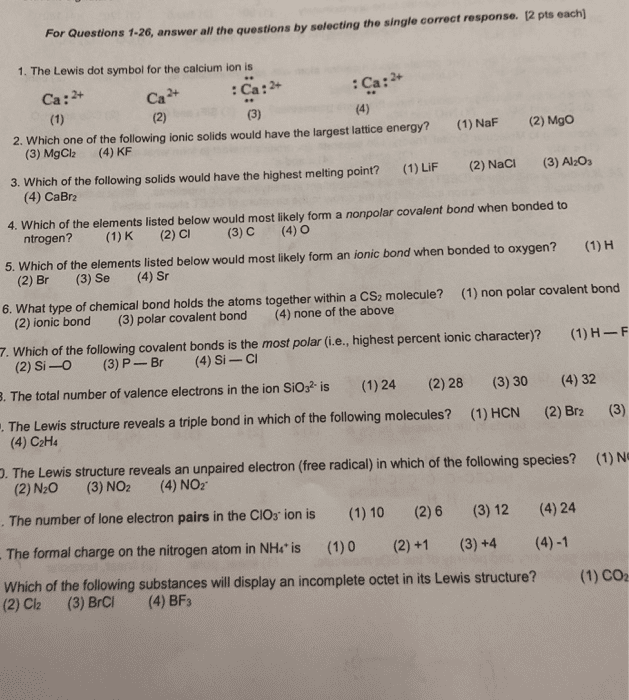CHEM 1953 Lecture Notes - Lecture 2: Hypervalent Molecule, Orbital Hybridisation, Antibonding Molecular Orbital
Document Summary
Chemical bond how we understand an attractive force between atoms. Oxidation number charge an atom would have if all electrons went to the atom that wants them more. Ionic formed by electrostatic attractions between two oppositely charged atoms. No such thing as nacl molecules except in gas phase. Lattice energy is energy coming from the gas phase ions when writing out energy to make molecule (final step) Mgo(s) has nacl rock salt structure not molecules. Ionic compounds are great conductors (disassociate into ions) Cations and anions stick together in a regular array called a crystal. A, the madelung constant, is a characteristic of the crystal structure. Would be different for different types of crystal structures. In equation, charges on top, radius on bottom. Omnidirectional force so they"re brittle and have high melting points (brittle because strong repulsions between charged atoms makes solid shatter, high melting points because hard to get ions to move past each other to become a liquid)


